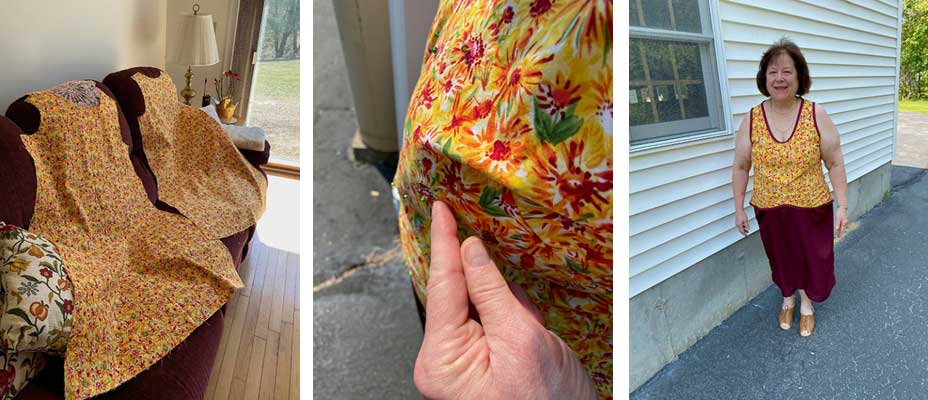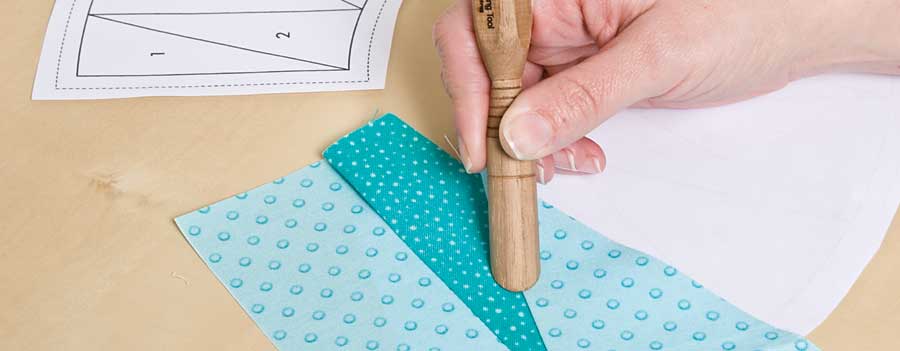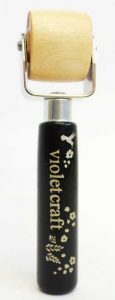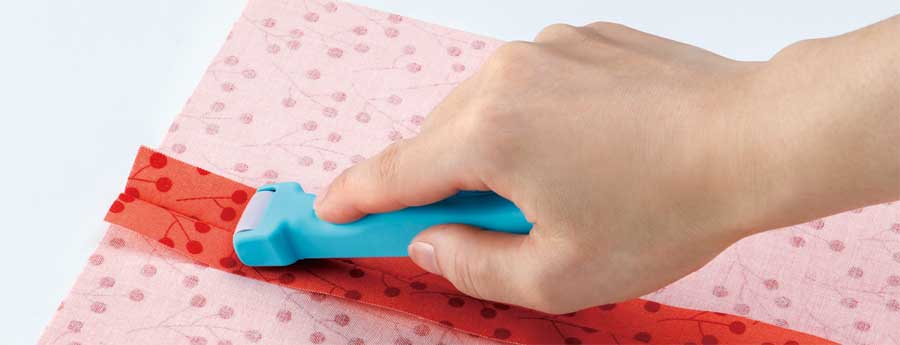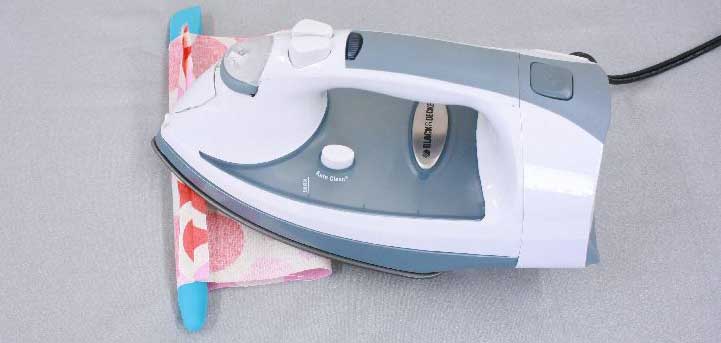Q. Independent Pattern Designer
A. Pamela’s Patterns, Pamela Ligett
Q. Name and Number of Pattern
A. Pretty Peplum Top
Q. Fabric Used:
A. Light stretch knit
Q. Special Embellishments/Notions Used
A. Stretch lace for sleeves
Q. Skill level required?
A. Moderate
Q. Are the instructions easy to follow?
A. Yes, including the fitting of proportions
Q. Are you pleased with the finished result? Did it meet your expectations?
A. Very please and have received many compliments!
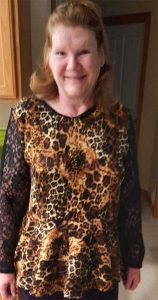 Q. Did it look like the picture?
Q. Did it look like the picture?
A. Better with lace sleeves
Q. Did you make any modifications in the pattern?
A. Used stretch lace for the sleeves instead of the knit fabric
Q. Are there any changes you would have made?
A. None
Q. Did the pattern teach you any unique or special techniques?
A. Some good info and techniques about fitting
Q. Would you make this again?
A. Definitely
Q. Would you recommend this pattern to others?
A. Yes
Pattern Link: https://pamelaspatterns.com/products/114-pretty-peplum-top?_pos=1&_psq=PEPLUM&_ss=e&_v=1.0
~Cheryl Huckerby





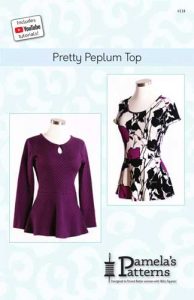
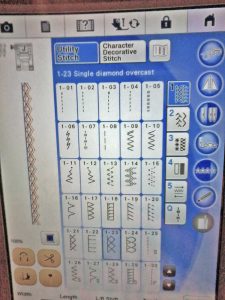
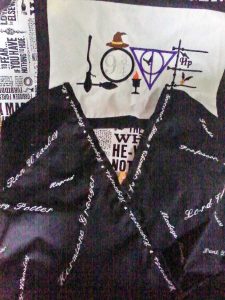
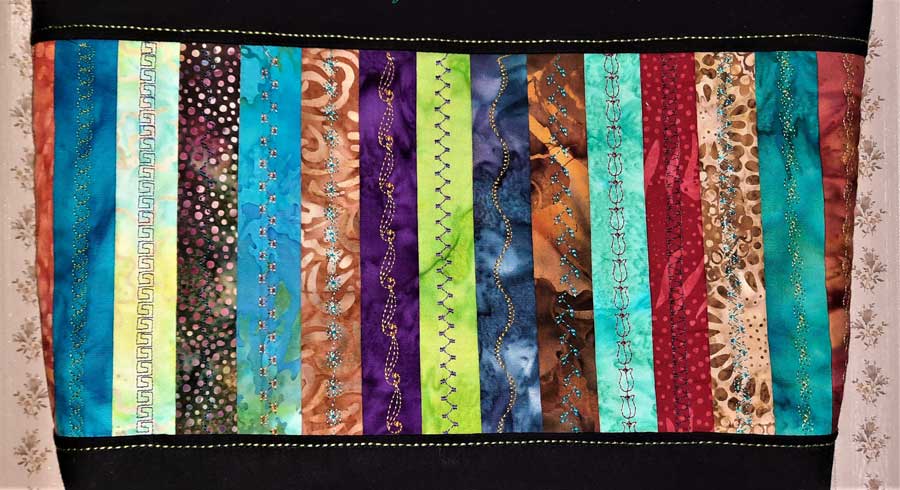
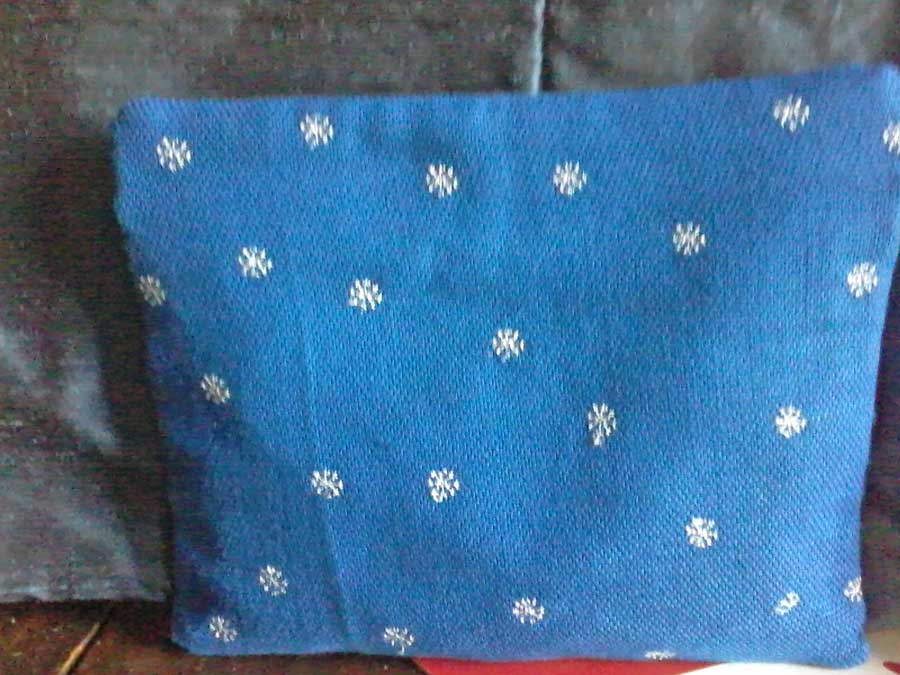
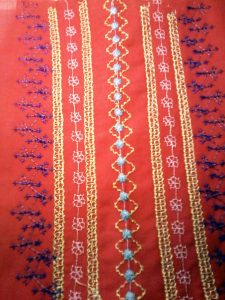
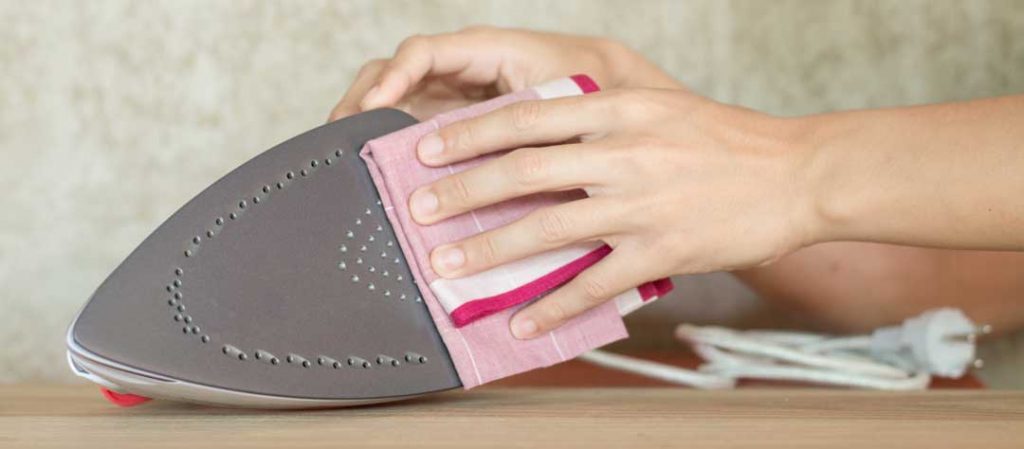
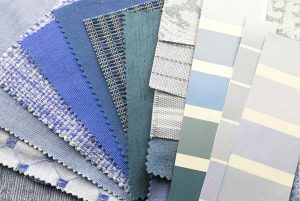 Short answer—it depends! Many home décor fabrics can be used for garments, but some are better left on the bed or the chair. So, ask some questions about it before jumping into the switch.
Short answer—it depends! Many home décor fabrics can be used for garments, but some are better left on the bed or the chair. So, ask some questions about it before jumping into the switch.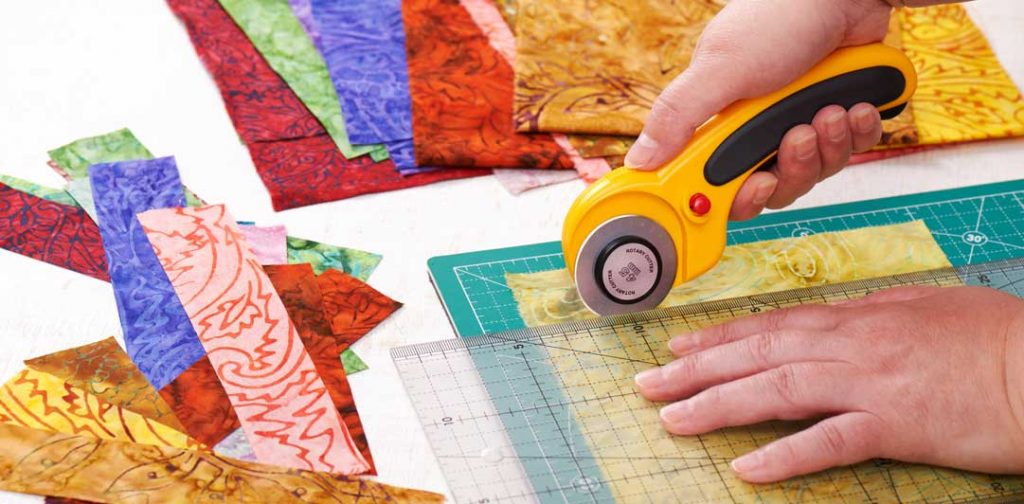
 An upcycling article in Threads Magazine was the inspiration behind a member contest in the Central MA ASG chapter. Four chapter members participated in the contest and they were judged by two members the North New Jersey chapter, and one from the San Jose chapter.
An upcycling article in Threads Magazine was the inspiration behind a member contest in the Central MA ASG chapter. Four chapter members participated in the contest and they were judged by two members the North New Jersey chapter, and one from the San Jose chapter. 


